
Women are underrepresented in the decision-making bodies in higher education institutions, including executive committees, research forums, faculty boards, board of governors and other statutory bodies. Further they are not fully represented in key management and academic positions. Women are not considered efficient persons for specific job roles due to prevailing notion that women are incompetent to run administration and take right decisions. This perception about women at workplace is an outcome of conscious or unconscious bias against the women’s leadership capacity which is judged unwittingly from their apparent look and working style without weighing their wisdom, talent and managerial skills. Prevailing gender-bias is a stark reminder of how far there is still to travel on the journey towards women empowerment in Pakistan.
Career barriers for female faculty in education sector reflect a painful reality about gender discrimination. Pakistan’s Higher Education Commission (HEC) has no clear-cut policy for improving gender ratio in higher education institutions of Pakistan to ensure female participation in decision-making. Higher education system is incapable of ensuring women’s participation under the laws that envision gender equality. Thus, persistent inequalities and gender bias towards utilising the potential of working women for advancing their careers are caused by social norms which are superseding women’s constitutional rights.
Poor representation of women in higher educational fields including Science, Technology, Engineering & Math (STEM) can be attributed to prevailing institutional and socio-economic factors related to work and family and cultural norms that restrain women from accessing higher education and increase domestic expectations and do not encourage them to pursue their career goals.
Gender myths create women’s unsuitability for leadership roles because of the prevalent belief that women lack ambition to work in higher positions. Thus, hiring talented but less ambitious women is considered risky. Further the absence of certain traits and qualities traditionally associated with men’s physique make women undesirable incumbents for top positions. Moreover, gender gaps in educational curriculums and textbooks contribute to reinforcement of traditional way of thinking about gender roles, develop stereotypes and generate prejudice and unconscious bias among men causing exclusion of women in decision-making process in higher education.
Institutional factors include inflexible work patterns, indecent attitudes and inauspicious nature of academic environment result in gender-biased practices and create hindrances in accessing education and training at higher level. Thus, insignificant number of qualified female candidates enter academia to build their successful careers. It further reduces possibilities of their inclusion in predominantly male decision-making bodies. Gender issues deeply rooted in educational institutions have negative impact on prospects of women’s career advancement. Lack of mentorship and career counselling opportunities also discourage women to build their academic careers and take leadership positions. The lack of female mentorship and absence of role-modeling is also the cause of demotivation among women pursuing their academic careers.
The institutional policies and practices are perpetuating gender disparities by disallowing mitigation of obnoxious attitudes towards women. In the absence of gender-neutral recruitment process, women are facing serious difficulties to get through selection boards for promotions and appointments. Institutional framework and hiring policies fail to maintain gender balance in teaching and non-teaching jobs. Institutional practices have remained unsupportive to promoting women and encouraging them to be in leadership positions because the male-hegemonic system has not clung on to the belief in gender equality.
Economic factors limit further women’s access to higher education. In Pakistani society, middle- and lower-class families have limited financial resources and due to financial difficulties, they are unable to provide schooling to all their children. Thus, they prioritise male children to female ones. Unequal distribution of resources, wealth inequalities, regional disparities, logistic and social immobility and cultural stasis significantly affect the women’s access to higher education.
Thus, principle of equity should be applied and opportunities to faculty and members of staff must be provided in a systematic way keeping in view their professional needs; giving everyone training opportunity can indicate equality but giving everyone training according to his/her learning needs, will ensure much-needed obligation of equity. Institutions lack equitable policies for encouraging women to set their career goals and strategies and develop ambitious plans. In managing gender dynamics, technology as a neutral factor can greatly contribute to developing effective teaching and non-teaching roles required to achieve organisational goals by transforming workplace.
Bringing change in culture needs to invoke debate with openness and sharing experiences positively. For building backbone of their organisations and avoiding outsourcing, leaders must remain committed to organisational vision and set up action plan, develop teams and establish mechanisms to achieve accepted goals through agreed ways of working. They must raise the flag of gender equality and lead by setting examples using inclusive approach, appreciating diversity, innovation, creating sense of belonging and showing the way of how diverse, creative and exciting the higher education sector can be.
To address this often-overlooked issue of gender gap in higher education is one of the major challenges. Government needs to make good headway in this specific area of women’s engagement through policies aimed at ensuring adequate and effective representation of women in boards, committees and in higher positions to form cohesive, collaborative, inclusive and sustainable academic environment. Further, women must be given equal opportunities of scholarship and professional trainings. Government needs to take measures as per Article 34 of the Constitution which ensures full participation of women in all spheres of national life. Higher Education Leadership should go some way to transform campus culture by facilitating women in building professional connections through networking which can boost their visibility and acceptance for performing leadership roles.
Published in The Express Tribune, April 16th, 2024.
Like Opinion & Editorial on Facebook, follow @ETOpEd on Twitter to receive all updates on all our daily pieces.















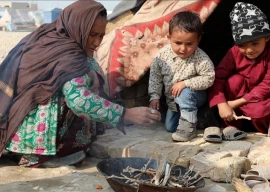

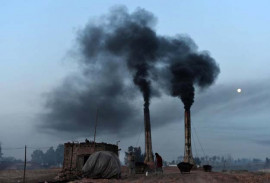











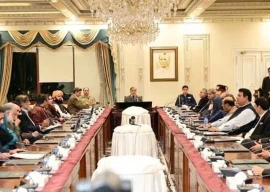
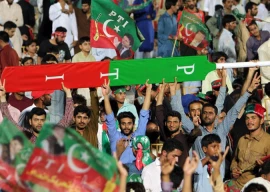
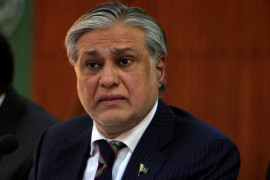
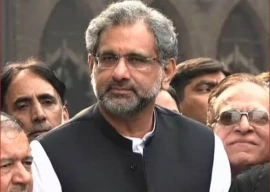
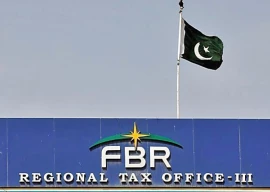






COMMENTS
Comments are moderated and generally will be posted if they are on-topic and not abusive.
For more information, please see our Comments FAQ